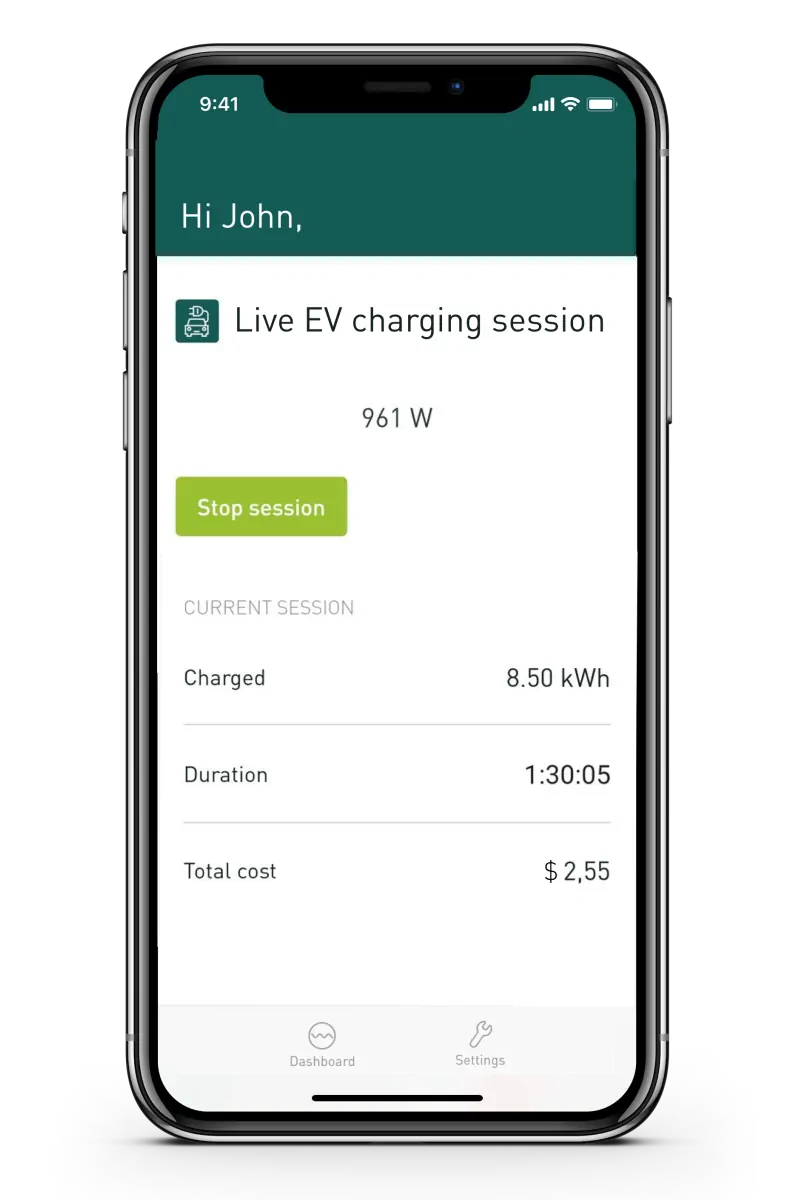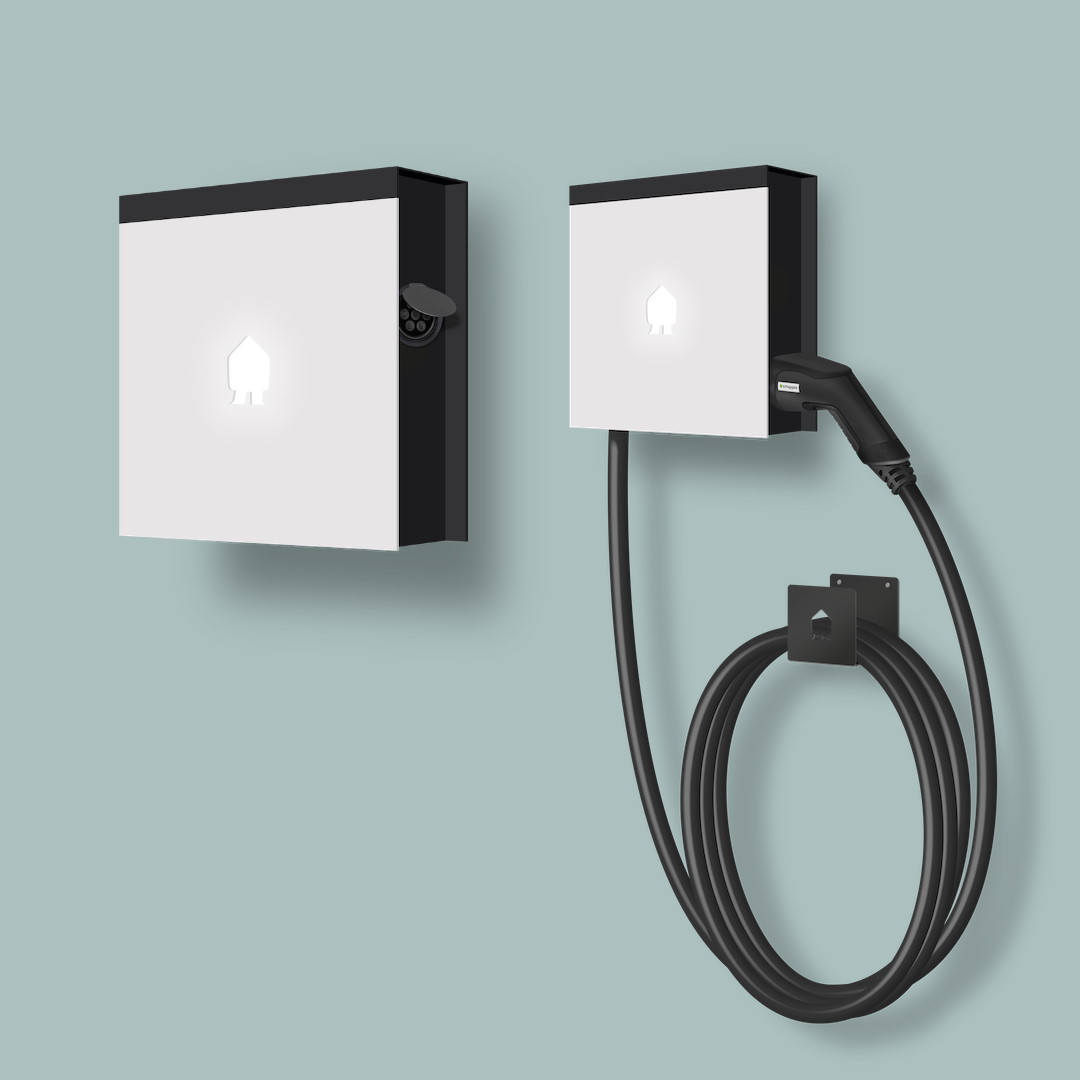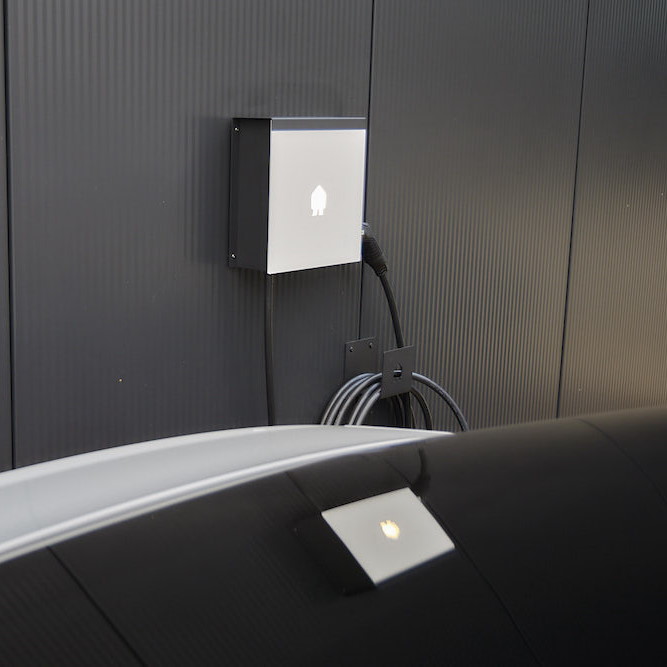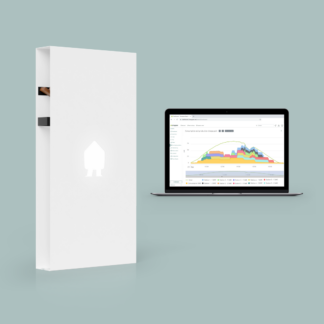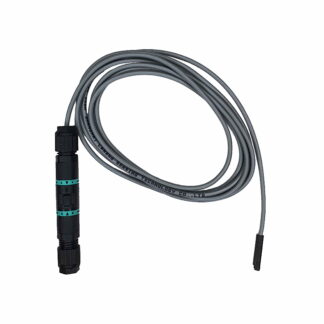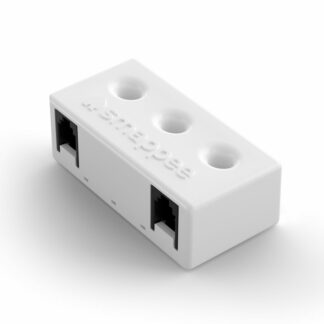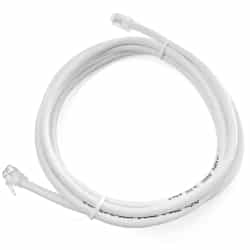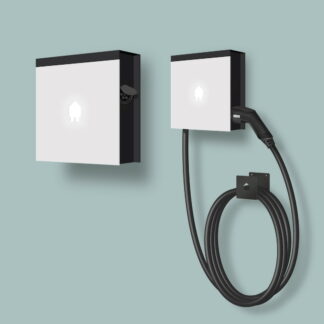Description
Product Overview
The EV Wall Business works with single-phase 240V AC (7.4kW) or three-phase 415V AC (22kW) output. The charger can be ordered with a Type 2 socket or 8m lead with Type 2 plug.
The Smappee EV Wall Business is easy to install with simple cable configuration and installation wizard. The integrated LED lighting indicates charging status and provides (programmable) ambient lighting when not in use.
With an integrated MID power meter the unit can monitor charging consumption and provides detailed consumption and charging session data via the Smappee smartphone app and online dashboard.
By adding a Smappee Infinity system to monitor the grid, EV DB, and even sub-circuits, multiple overload protection setpoints can be added. This allows for one, or multiple chargers to dynamically adjust their output to ensure the overload set point is not reached (also referred to as Dynamic Load Balancing).
Being OCPP 1.6 J compliant these chargers can be configured to operate with a third party billing platform. Charging sessions can be started and stopped via plug & charge, RFID, smart charging schedules, and QR code for CPO services.
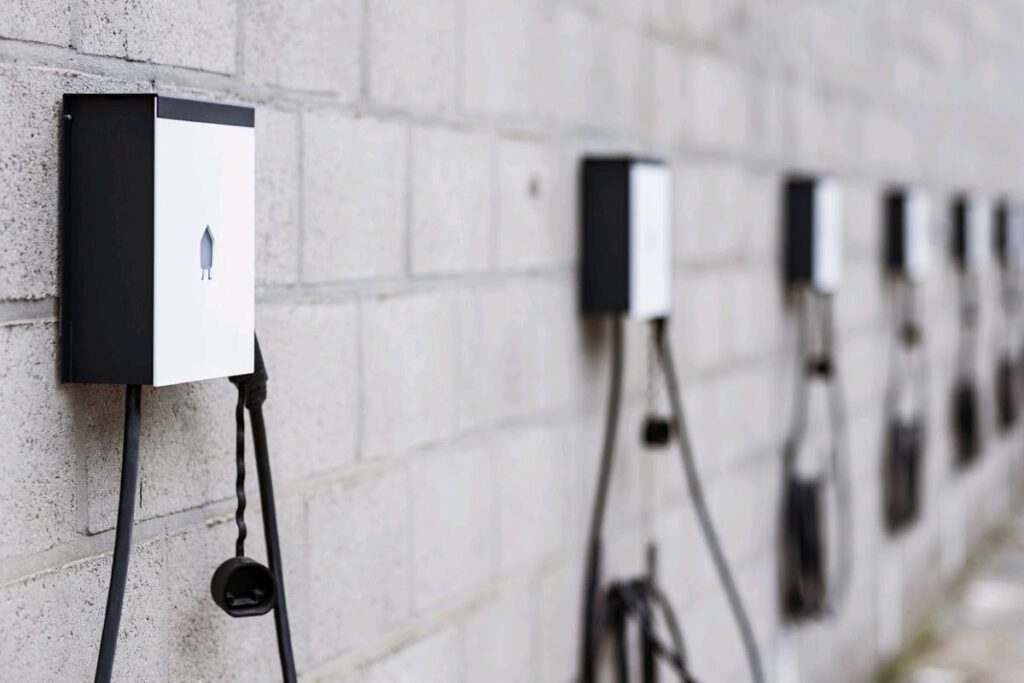
Charging for Both Single & Three-Phase Applications
The EV Wall Business can be used with both single-phase and three-phase power
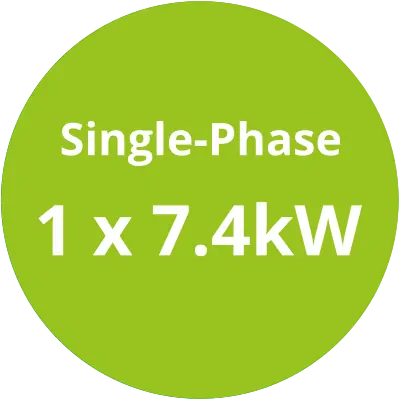
7.4kW output for single-phase applications
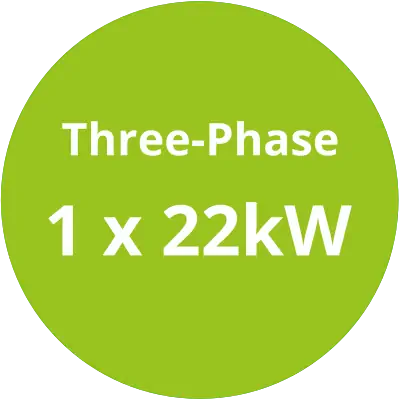
22kW output for three-phase applications
Advanced Reporting via Smappee Online Dashboard & App
The Smappee EV Wall Business electric vehicle chargers can be monitored and controlled using the Smappee online dashboard and smartphone app.
Part of the Smappee Monitoring & Control Ecosystem
Gain Dynamic Load Balancing & Smart Charging by Adding the Infinity System
By integrating the EV Wall Business with the Smappee Infinity energy management system users can take advantage of additional smart features including:
Dynamic Load Balancing
Adjusts the output across all chargers to protect from circuit overload or a maximum demand set-point.
Smart EV Charging
The smart charging function prioritises the use of excess solar power during the day and off-peak rates overnight or on weekends. The output of the charger can even be controlled so that only excess solar power is used for charging.
